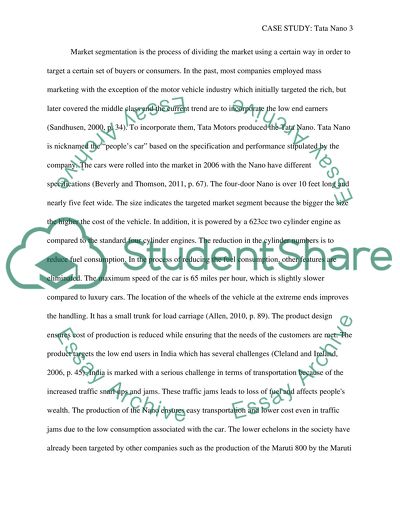Cite this document
(“Tata Nano Cross Culture Marketing Essay Example | Topics and Well Written Essays - 2500 words”, n.d.)
Retrieved from https://studentshare.org/marketing/1402918-case-study-of-tata-cross-culture-marketing
Retrieved from https://studentshare.org/marketing/1402918-case-study-of-tata-cross-culture-marketing
(Tata Nano Cross Culture Marketing Essay Example | Topics and Well Written Essays - 2500 Words)
https://studentshare.org/marketing/1402918-case-study-of-tata-cross-culture-marketing.
https://studentshare.org/marketing/1402918-case-study-of-tata-cross-culture-marketing.
“Tata Nano Cross Culture Marketing Essay Example | Topics and Well Written Essays - 2500 Words”, n.d. https://studentshare.org/marketing/1402918-case-study-of-tata-cross-culture-marketing.


